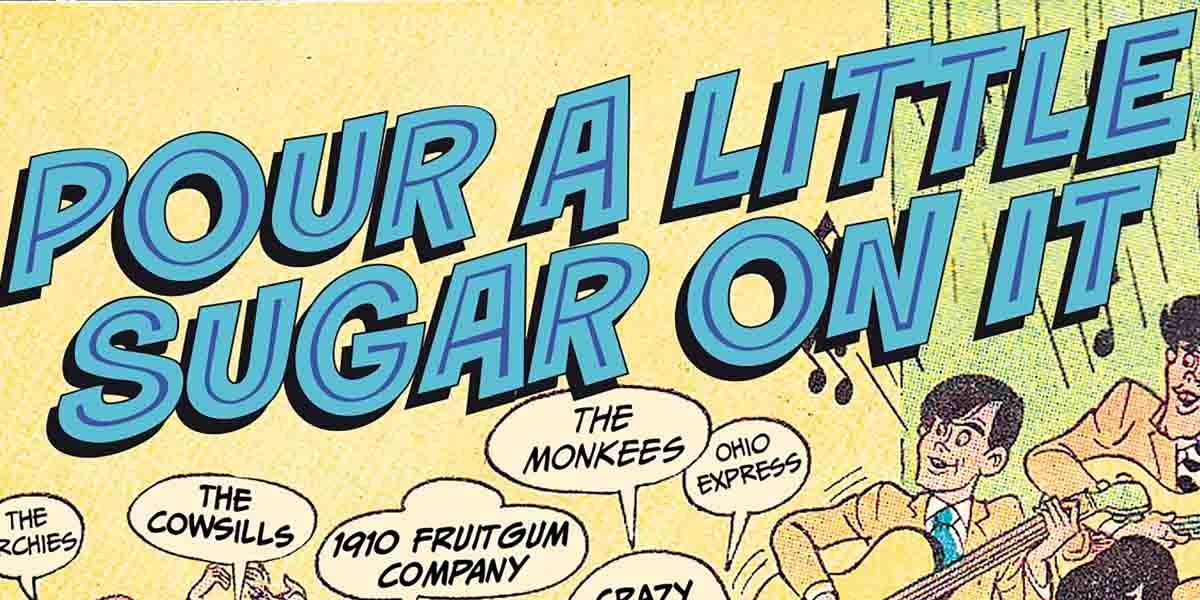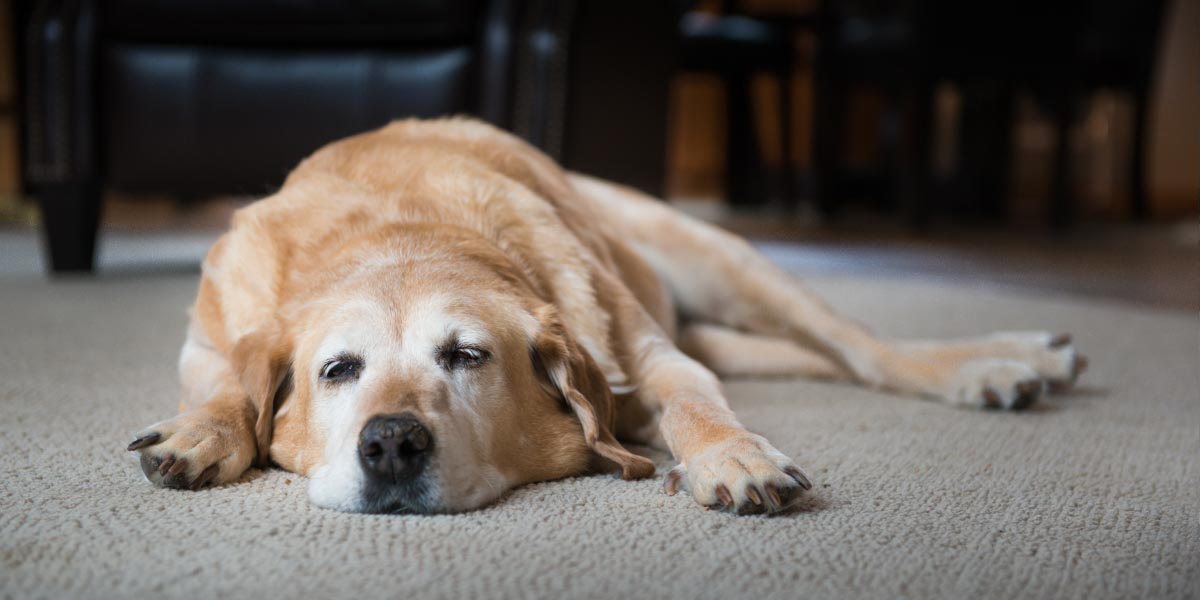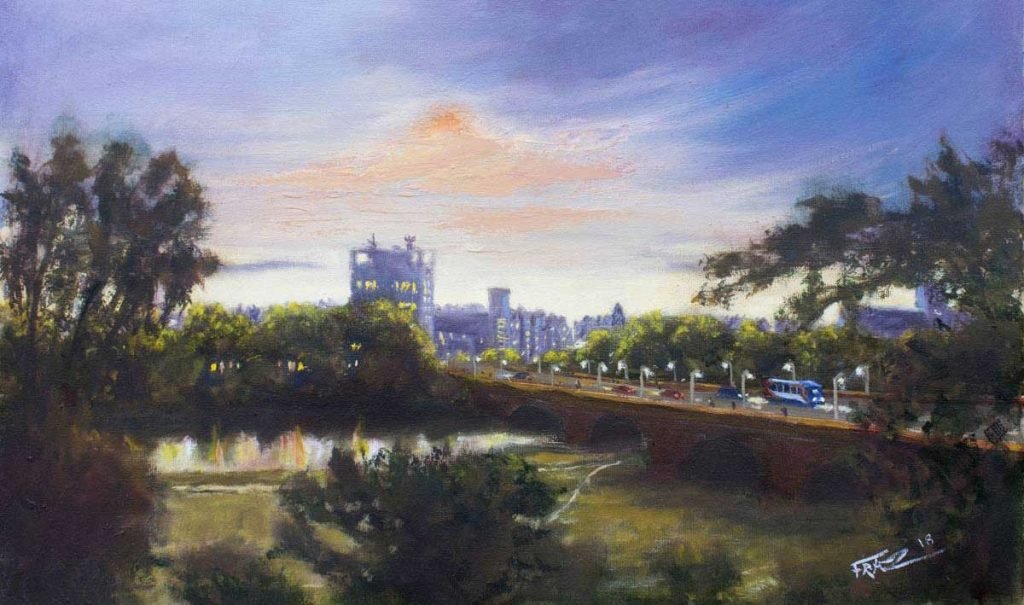The money was used to buy “an acre of ground at a place called Gallows Hill,” The rent received was put to “the use of the poor of the parish.” The 18th century St Cuthbert’s Workhouse had been in Botchergate and, by 1800, was totally inadequate for the increasing number of inmates. In 1808, with the Blacklock charity field available, John Chisholm, clerk-of -works on the new law courts in Carlisle, designed a workhouse for that location. Land left over “was turned into a garden for the use of the workhouse.”

Work was completed in 1809. The postcard above was sent in 1904 and shows the Harraby Hill House Boys Band in the foreground of the three-storey building with 1856 extensions on the left. The Cumberland Directory for 1811, commented “the accommodation for the destitute is highly creditable to the parish, “adding, “it stands on a commanding situation and has a prominent appearance.” In 1823 inmates were set to ‘tearing oakum’ where old rope was unravelled to provide stuffing for mattreses and twine spinning for making ropes. This was so successful that the profits were used to pay for new railings round St Cuthbert’s Church in 1824 to keep out body snatchers. The 1834 Poor Law Act brought changes and Harraby Hill was to specialise in the care of orphan children. The1856 extensions were built to accommodate 96 boys, 72 girls and 24 infants. Boys were taught gardening and girls domestic service.
After the opening of Fusehill Workhouse in 1864 Harraby Hill was retained “as a training institution for children.” Further Acts meant that children ceased working and in 1899 the name was changed to Harraby Hill House.
In 1916 Fusehill became a military hospital. All the children were moved from Harraby to Shap and Fusehill inmates moved to Harraby until 1919. Inmates left Harraby making Harraby Hill House redundant to workhouse needs and it was sold soon after.
Much more about the history of Harraby over the years is to be found in the book of that name available at local bookshops, Bookends,Tullie, and Carlisle Visitor Centre.






